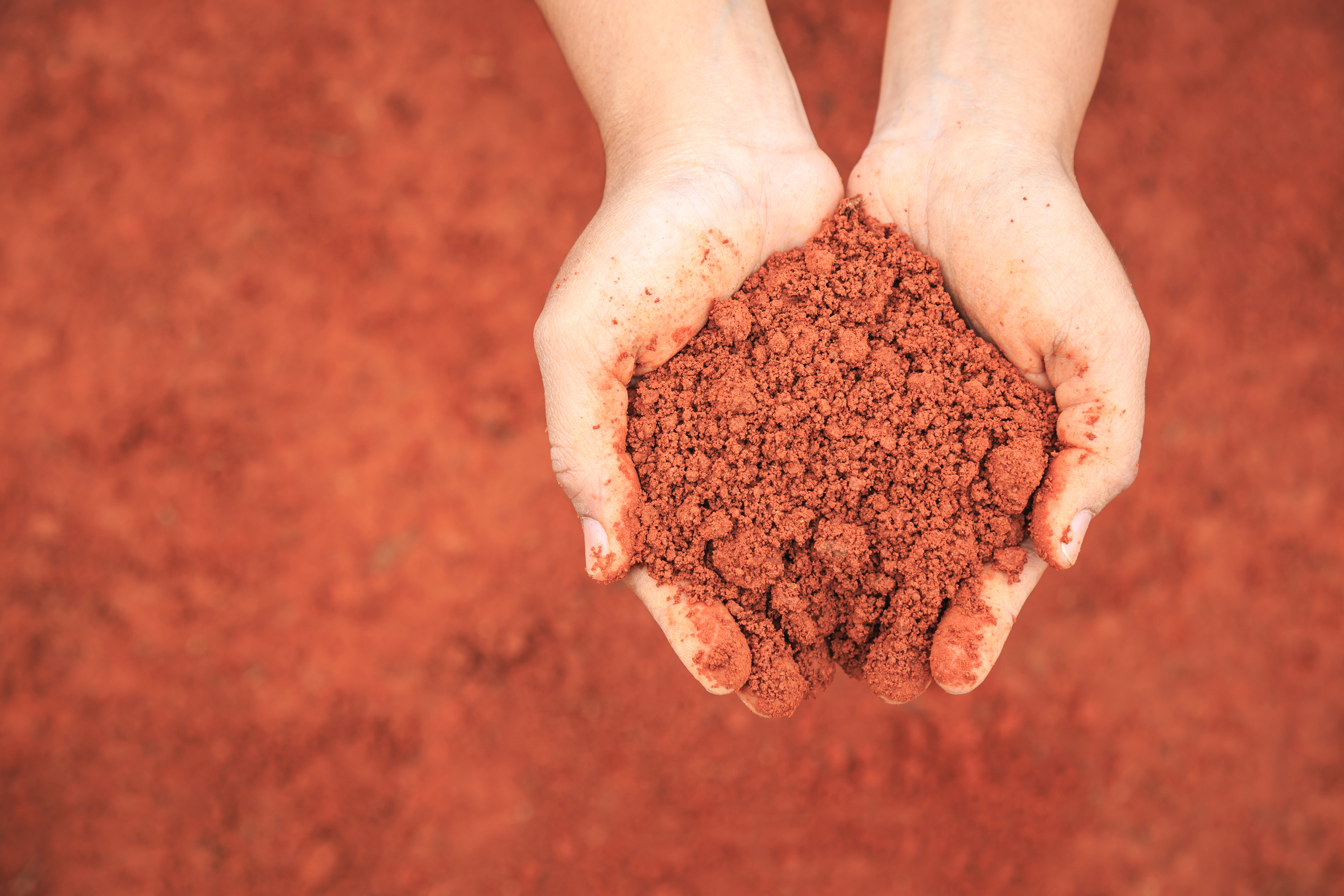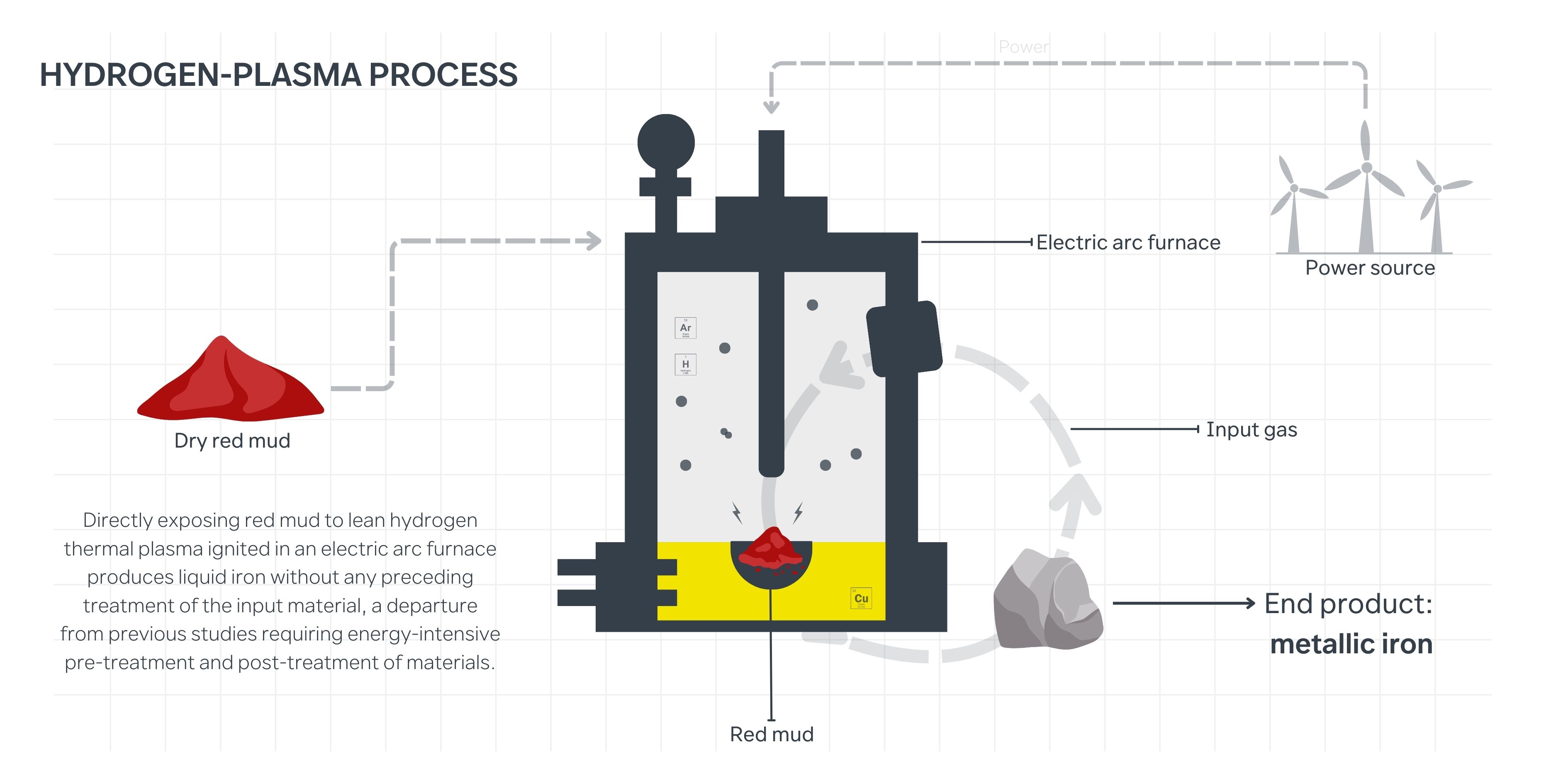A green solution to red mud deposits
Mining

Mining
Is there a hidden cost to aluminium production? Aluminium is one of the most versatile and widely used metals in modern infrastructure, used in everything from electric vehicles to everyday items like cans and kitchen foil. Its abundance, lightweight properties and corrosion resistance make it ideal for a host of different applications. It’s also 75% recyclable, making it a relatively sustainable material. However, the process of producing aluminium from its primary raw material, alumina, creates a worrisome ecological hazard—red mud. So, how are scientists tackling this waste? Read on to find out.
Alumina, derived from bauxite ore, is crucial for producing aluminium. As global demand for electric vehicles rises, aluminium is increasingly favoured for its lightweight and energy-efficient properties - especially in vehicle bodies and batteries. According to Visual Capitalist, capital expenditure in aluminium is projected to reach $9 billion by 2030, driven by the need to meet rising demand, particularly for battery production.
With electric vehicles expected to make up 50% of U.S. car sales by 2030, alumina refinement will continue to rise, further exacerbating the problem of red mud waste.
Aluminium is abundant—making up 8.23% of the earth’s crust—and is the most mined industrial metal, with China smelting 59% of the world’s aluminium. Yet, as more alumina is refined to meet global demand, red mud deposits will grow, posing a serious environmental threat.

Red mud is toxic and poses risks to the environment. It is highly alkaline, with a pH between 10 and 13, due to the residual sodium hydroxide used in the alumina refining process. This high alkalinity can contaminate soil and water sources, making the land uninhabitable for plants and animals and impacting local ecosystems. More, red mud contains heavy metals like cadmium, chromium, and vanadium, which are potentially toxic to both humans and wildlife. These metals can leach into groundwater, further threatening water supplies and agricultural land.
The sheer volume of red mud produced—up to 120 million tonnes per year—adds to the problem, as it is often stored in waste ponds or landfills. These storage methods are not only expensive but dangerous. Take, for example, the 2010 incident in Ajka, Hungary, where a dam holding red mud waste collapsed, released a toxic sludge that resulted in injuries and even fatalities, and caused widespread environmental damage. In Queensland, the alumina refineries near Gladstone have resulted in red mud fields that cover hundreds of hectares. These fields are environmentally concerning, especially during heavy rains or cyclones, which can lead to potential containment breaches.
Such incidents highlight the potential for red mud to cause long-lasting harm, especially if containment measures fail. The combination of its hazardous chemical properties and the risks associated with its storage make red mud an environmental and public health issue.

Recent innovations have begun turning this hazardous waste into a valuable resource for producing green steel. One promising method involves extracting iron from red mud using a process that minimises carbon emissions. By replacing carbon-based reducing agents with hydrogen plasma, iron can be extracted from the molten oxides within red mud. This process (as shown below), conducted in an electric arc furnace, not only reduces the iron content but also eliminates the production of red mud in a single step.
This approach, which uses green hydrogen and renewable electricity, presents an energy-efficient and carbon-neutral pathway to producing iron. The reduction of red mud into a viscous oxide melt allows iron to separate and coalesce into metallic nodules, ready for use in steelmaking without further refinement.
As red mud is rich in valuable metals such as iron, scandium, and yttrium, this process offers a sustainable method for extracting these resources while reducing the carbon footprint of steel production. In doing so, it addresses two major environmental concerns: the growing global stockpile of red mud, which currently stands at 4 billion tonnes, and the reduction of CO₂ emissions in ironmaking.

As aluminium demand continues to rise, particularly in the electric vehicle and renewable energy sectors, the challenges posed by red mud waste need to be in focus. With innovative new solutions on the horizon, our chances are good for reducing the ecological footprint of aluminium production.
These advancements could turn a dangerous waste product into a sustainable feedstock, benefiting both the aluminium and steel industries while mitigating environmental harm.
Brunel's mining industry experts can support you to successfully identify, attract and deliver skilled blue and white-collar personnel and solutions matched to your business’ unique requirements. Whatever complexities you face, Brunel is here to simplify them.